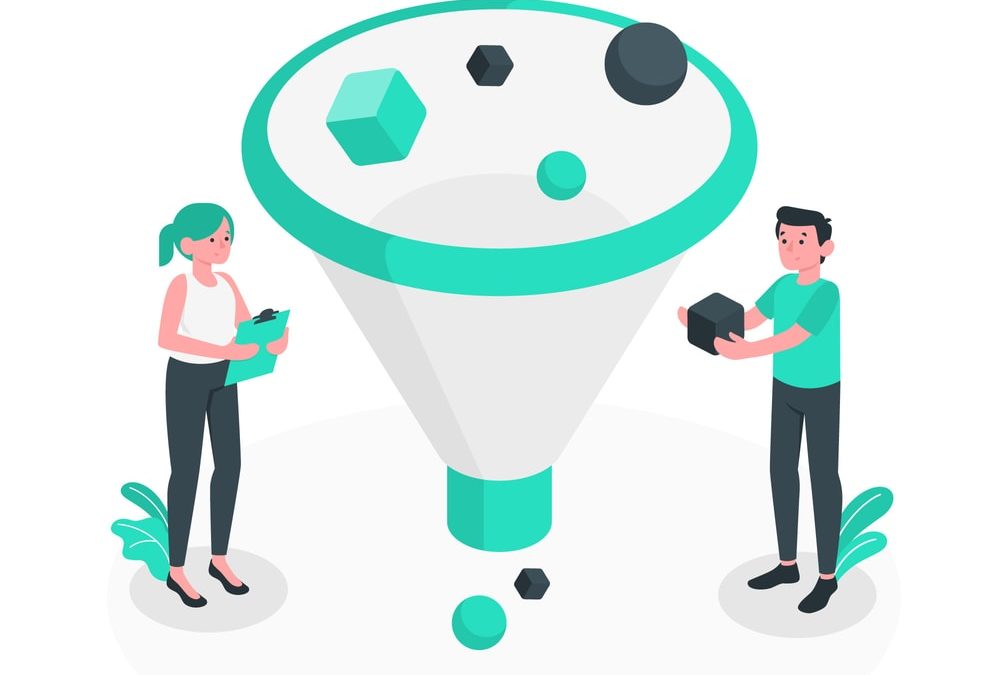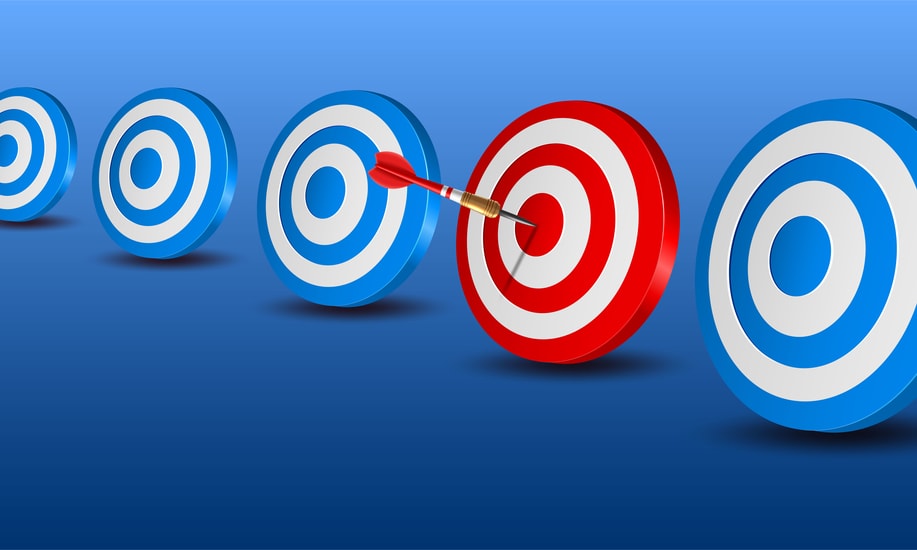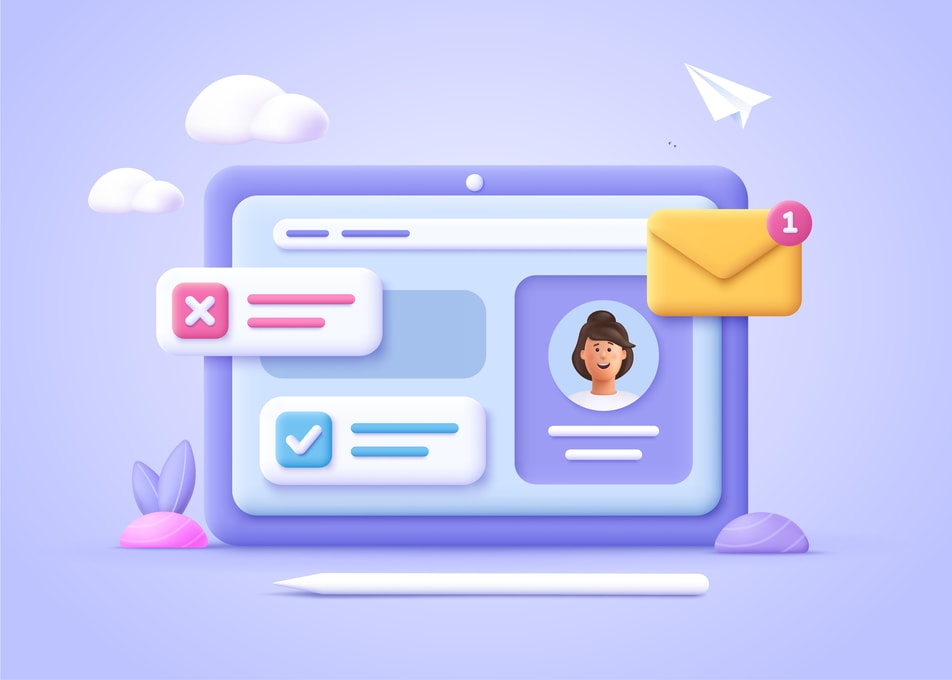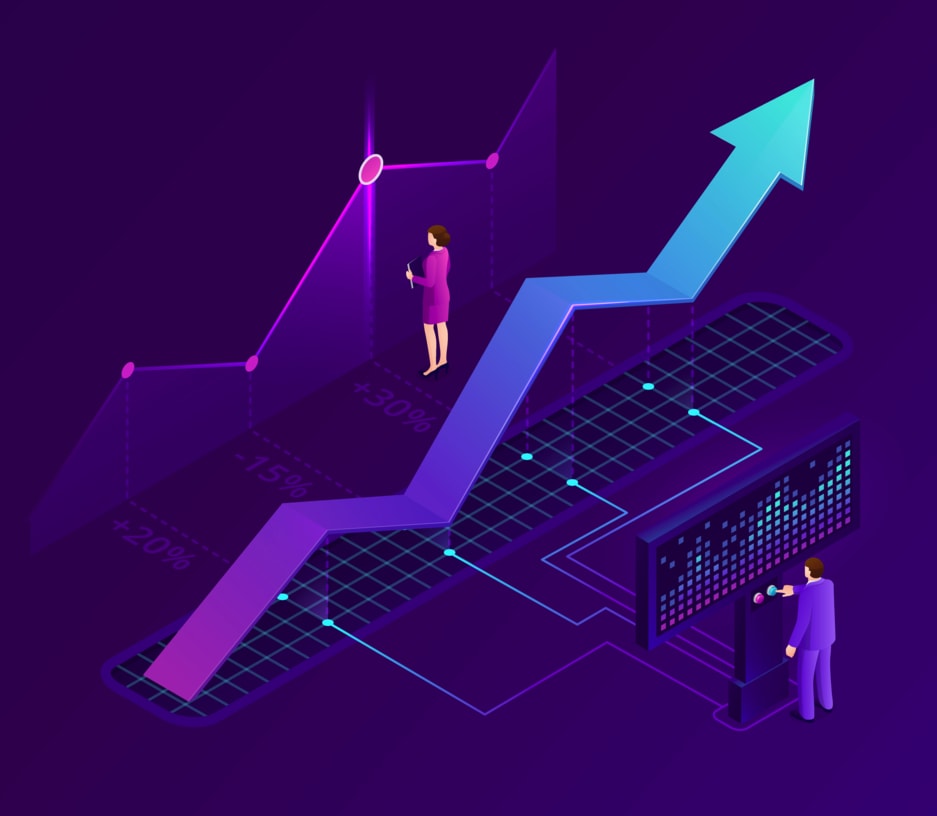Funnel feeding is one of the best ways to streamline the sales process and turn your prospective leads into paying customers. However, when you look at funnels from a bird’s-eye view, there can be some confusion about what a funnel is, why it’s important, and how to set one up.
To help clear things up and get you started creating your own sales funnel for success, here is some basic information about funnels and how to go about setting one up.
What is Funnel Feeding?
Funnel feeding is a marketing strategy that ensures that you have an endless supply of prospects in your sales funnel at all times.
The term “funnel” refers to the process of bringing prospects into the sales process and guiding them further along in the customer journey through strategic actions. And, “funnel feeding” ensures that there are always people entering that funnel at all times to help your sales team meet their sales goals.
Stages of the Sales Funnel
A well-defined sales funnel can be used to capture and nurture leads — people who have shown interest in your product or service but aren’t ready to buy yet. (This is especially important if you’re in the B2B space because there are many steps between finding new leads and closing a sale.)
As a refresher, we wanted to break out the sales funnel stages for you. The key stages of the sales funnel are as follows:
Awareness
The first stage in the sales funnel is at the top of the funnel, and it is called the “awareness” stage.
This is the stage where your internal teams will work to spread brand awareness about who your brand is. During this stage, you won’t ask anyone to buy anything (yet). But instead, you are working hard purely — and only — to form a relationship with your target audience.
The best ways to spread awareness include:
- Posting Consistently to Social Media
- Hosting Giveaways
- Writing Guest Blogs
- Uploading Video Content Online
All in all, this is the time when posting to social media and doing other high-level marketing efforts is crucial to help prospects begin to form a positive relationship with your brand.
Consideration
The next stage is the “consideration” stage.
This is where your audience may start to consider whether your product or service will help them solve their problem or not.
At this point in the process, they may have given you their contact info in exchange for a content offer such as a(n):
- eNewsletter
- eGuide
- Digital Course
- Webinar
- Other Exclusive Content
Keep in mind that even though they did want to receive your content offer, they may still not be completely ready to buy yet. They are simply just weighing out their options.
Close
As the name suggests, the “close” stage is where your sales team will close the deal.
Pre-sale, your audience may have scheduled a free demo or consultation to learn a bit more about your offerings. It was in those conversations that your sales team will have an opportunity to make the pitch.
Pro Tip: If a prospect is still not ready to purchase from you, you can still continue to nurture the relationship with content that they may find valuable. So when they are ready, they know who to turn to.
Delight
The last stage is the “delight” stage.
You’ve already made the sale. Why should you care about continuing to delight past customers?
Here are some powerful statistics to showcase why customer retention is crucial to your bottom line’s success:
- It costs 5x more to acquire new customers than to retain existing ones
- A 5% increase in customer retention can boost profits by 25% to 95%.
- 89% of companies say that excellent customer service plays a huge role in customer retention.
And not only that, but word-of-mouth marketing is also an important player in why you need to continue to nurture your relationship with past customers. They can be your biggest advocates to get other prospects interested in what you have to offer!
To incentivize more referrals, you can give:
- Exclusive Discounts
- Monetary Rewards
- Free Products or Services
It can be tempting to focus all of your efforts on new customers, but the delight stage is not a stage you want to overlook.
Do you need help to effectively feed your sales funnel?
8 Steps to Feed Your Funnel for Lead Nurture Success
Now that we talked about what funnel feeding is and discussed the different stages in the sales funnel, it’s time to feed your funnel. But, where do you begin in your first funnel campaign?
Here are the 8 steps to create a sales funnel for a more revenue-filled tomorrow.
1. Understand your target audience
Before you begin building your sales funnel, it’s important to know who you’re targeting with each step in the process. If you want to target millennials, make sure every step in your funnel speaks directly to them (and only them). If you’re targeting 65+ seniors, make sure that your funnel speaks to only them.
It’s okay to target multiple groups of people. Just make sure that you create separate funnels and customer journeys for each type of audience.
2. Establish your goals
After establishing your target audience, it’s time to set goals. What metrics do you want to hit? What content offers do you want to create? What ad budget (if any) do you have to allocate towards your funnel? When do you want to launch your campaign?
These are all questions that need to be answered. You may not know the answers off the top of your head, but it’s a conversation that needs to be had between both your marketing and sales teams.
3. Create free digital content offers
To feed your funnel, you want to have some sort of lead magnet to get people interested in giving you their content information. Some ideas include:
- eGuides
- Webinars
- Newsletters
- Courses
- Checklists
- And More!
These content offers will be your key to getting more leads in the pipeline for your sales team.
4. Set up high-converting landing pages
Once you’ve created your content offer, you will now want to create a high-converting landing page.
This will be the page where a visitor will provide their name and email in exchange for your free piece of content. These pages can seem pretty straightforward to make, but they can also make or break your entire campaign if you’re not mindful of landing page best practices.
Pro Tip: If you have never made a landing page before, we highly suggest collaborating with your copywriters and UI/UX team to ensure that it is optimized for success.
5. Draft and launch an email nurture campaign
Once a person has filled out their contact information on the landing page, they will receive the content offer while you gain their valuable contact information in return. You can use this information to enter them into an email nurture sequence. By sending them marketing emails over a pre-determined time, you will guide them further down the sales funnel — even if they don’t know it.
Email marketing is another task where your teams can be a huge help to ensure lead generation success. They will know the best strategies to get more email opens and click-throughs to your offer.
Quick Stat: Lead nurturing emails receive 4-10 more responses than standalone email blasts. This just goes to show how sending your contact’s lead nurture emails can yield positive results.
Climb your way to the top with sales funnel feeding!
6. Promote through paid ads and social media marketing
Your campaign is set up and ready to go. Now, it’s time to advertise your content offer!
You can do this in two ways: paid advertising or social media.
If you are on a tight budget, focusing all of your efforts on social media may be the route you want to take. But, if you have some give in your budget, you can do a mix of both paid advertising and social media. Consult with your marketing team to see the best mode of action to market your campaign digitally.
7. Analyze the results
How do you know the success of your campaign without analyzing the data? That’s a trick question. You can’t!
Here are some common metrics you will want to analyze:
- Click-Through-Rate
- Conversion Rate
- Return on Investment (ROI)
- Cost Per Lead
- Number of Leads Per Channel
Even though there is plenty more data-driven analytics to measure, this short list will give you a starting idea of what to look out for when pulling your campaign report.
8. Optimize your sales funnel
You’re done now, right? Nope.
Marketing and sales is an ever-evolving process that requires implementation, analysis, and optimization. That’s why it’s so important to understand that a sales funnel is not about running a one-off campaign just to forget about it. It’s an ongoing process that requires constant attention in order to be successful.
Once you’ve looked at the trends through data analysis, you will want to re-optimize your campaign and re-launch your changes to improve performance.
Final Words on Sales Funnel Feeding
Whether you have a B2B sales funnel or a B2C one, you need to feed it with leads. In summary, a sales funnel’s purpose is to help you produce a never-ending series of leads and prospects, which will steadily feed the pipeline with qualified customers. There is no better way to accomplish this than by using a lead generation system that knows how to push your leads through the funnel in a step-by-step process.
We hope that now you have a better understanding of what a sales funnel is and how you can build one to fit your unique business model. What ideas do you have to bring more leads into your sales funnel?
Growth Hackers is among the best landing page agencies helping businesses from all over the world grow. There is no fluff with Growth Hackers. We help entrepreneurs and business owners grow their business with sales funnel feeding, generate qualified leads, optimize their conversion rate, gather and analyze data analytics, acquire and retain users and increase sales. We go further than brand awareness and exposure. We make sure that the strategies we implement move the needle so your business grow, strive and succeed. If you too want your business to reach new heights, contact Growth Hackers today so we can discuss about your brand and create a custom growth plan for you. You’re just one click away to skyrocket your business.









